Frontier Airlines, headquartered in Denver, recently announced a strategic move to streamline its operations by cutting 43 routes across the United States and internationally. This decision comes as part of the airline’s efforts to optimize its supply and demand dynamics, aiming to provide a more efficient and customer-centric travel experience.
Earlier this year, Frontier Airlines expanded its network by adding 54 new routes. However, to ensure a balanced and sustainable route portfolio, the airline has now made the strategic decision to trim some existing routes. Among the affected destinations are popular cities such as Dallas, Las Vegas, Cleveland, Orlando, and Philadelphia, as well as international flights to Cancun and San Juan, Puerto Rico.
Effective immediately or within the first half of August, these route adjustments will see changes in flight schedules and availability. For instance, the route from Denver to Virginia’s Norfolk International Airport will be discontinued starting August 11. While some travelers may be inconvenienced by these changes, Frontier Airlines aims to enhance overall operational efficiency and align its services with evolving market demands.
One notable aspect of Frontier’s strategy shift is its focus on improving the ticketing and booking experience for passengers. In response to the competitive landscape within the airline industry, Frontier is introducing multiple pricing tiers that offer bundled services such as checked bags, aiming to provide greater value and flexibility to travelers.
While these route cuts may reflect a challenging period for budget airlines like Frontier in the face of stiff competition from larger carriers, the airline remains committed to adapting its business model to meet the needs of modern travelers. By reevaluating its route network and enhancing its ticketing options, Frontier Airlines is positioning itself to offer a more tailored and customer-friendly travel experience in the evolving aviation landscape.
Catch up on the top stories and travel deals by subscribing to our newsletter!

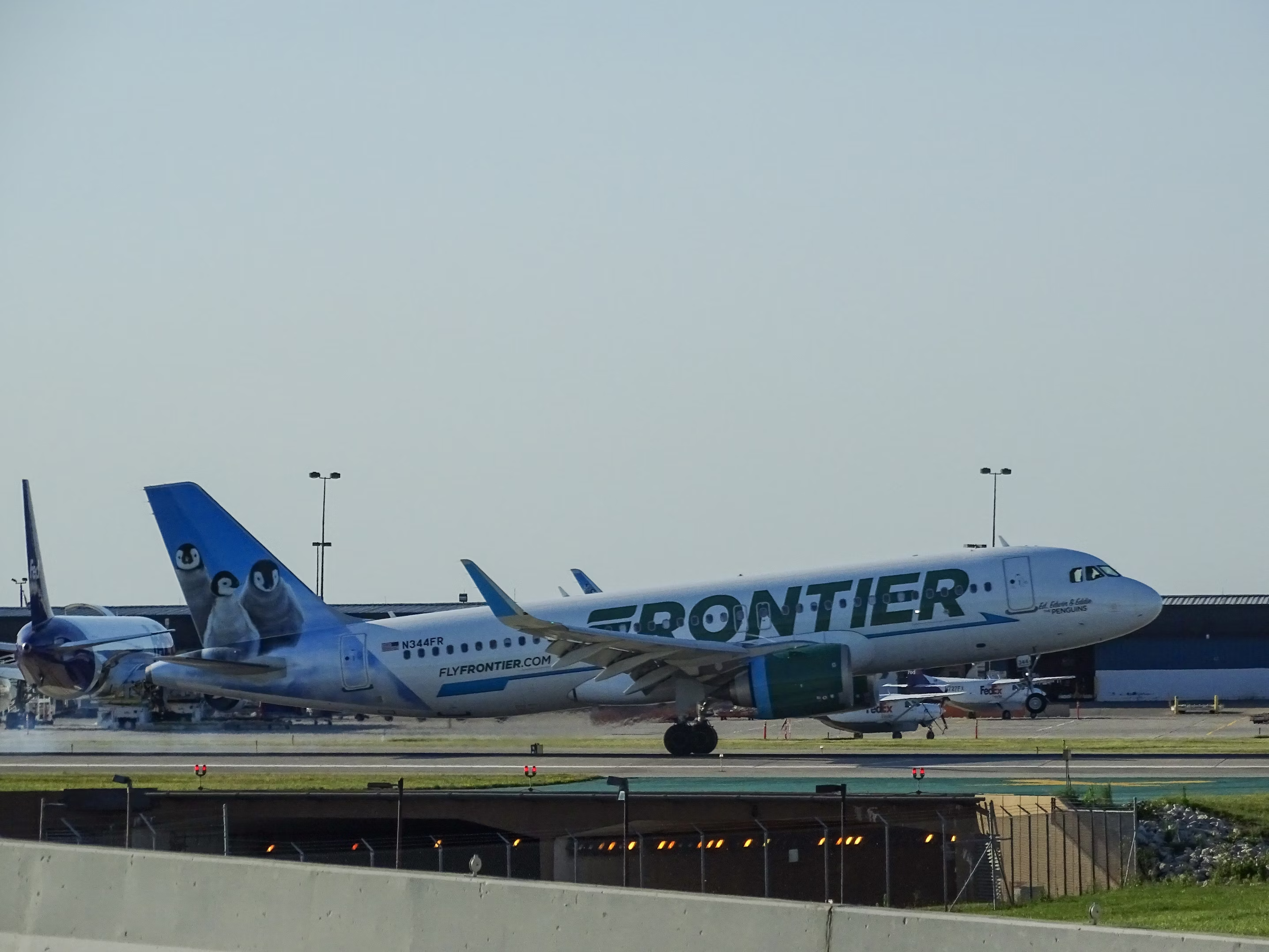

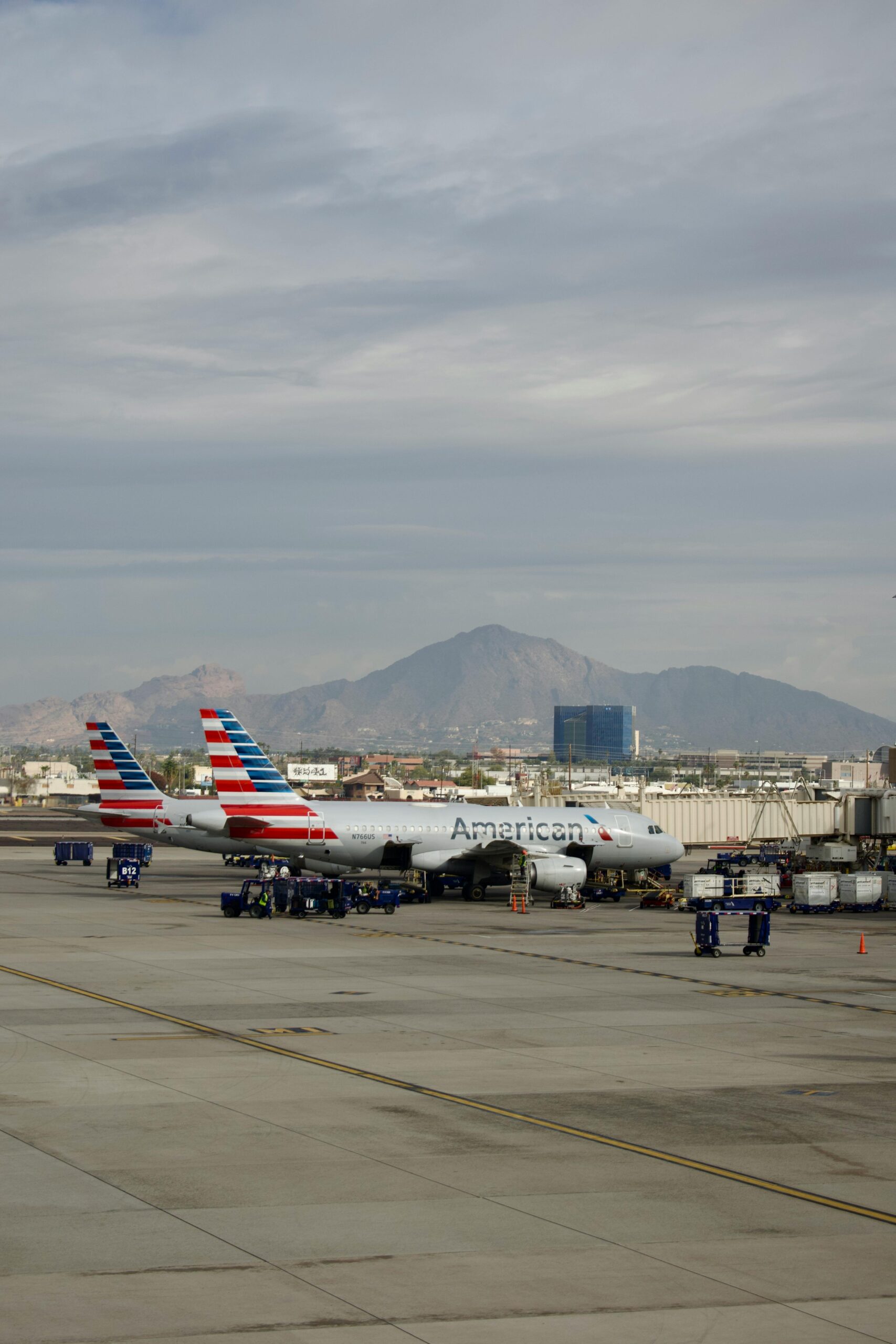
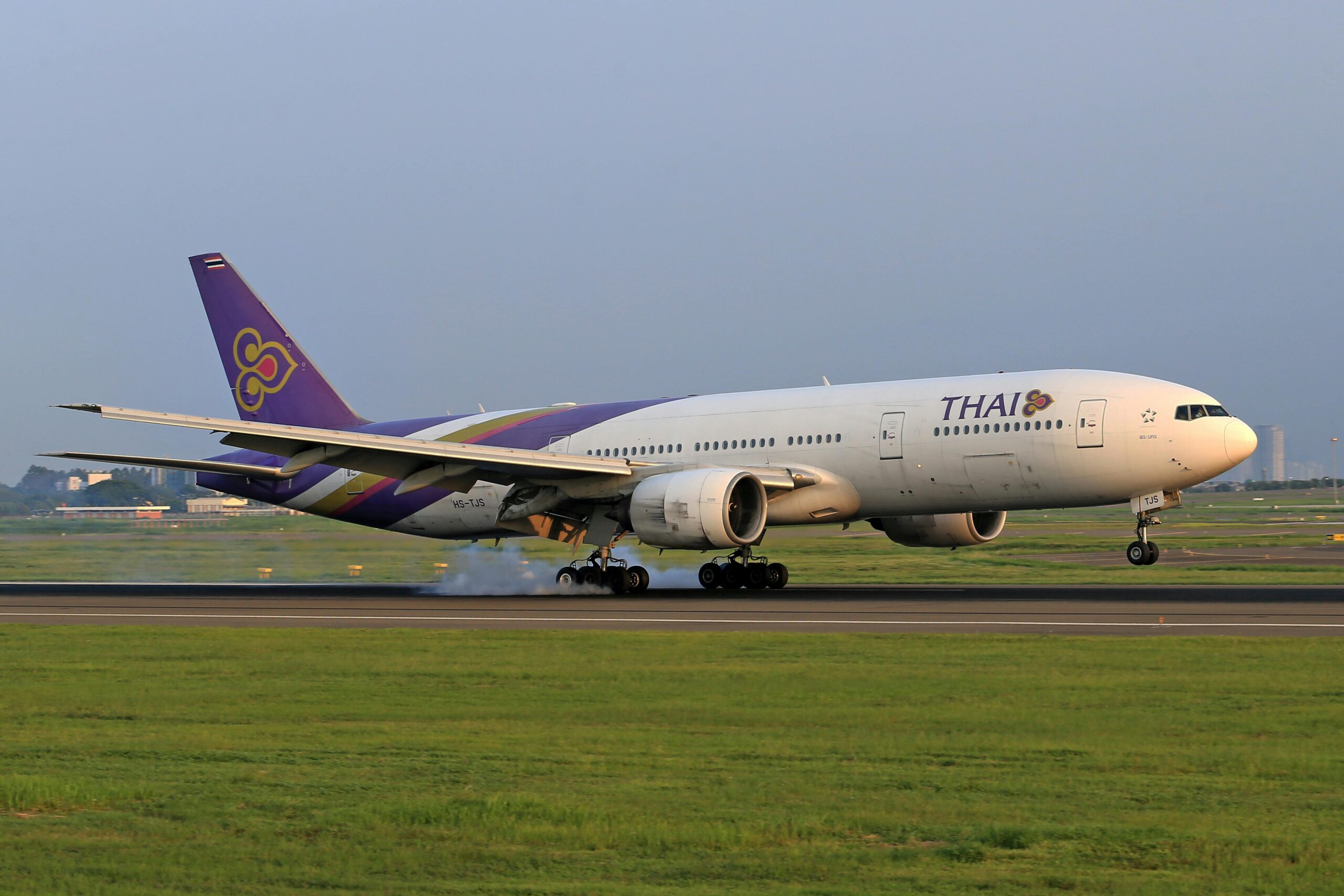
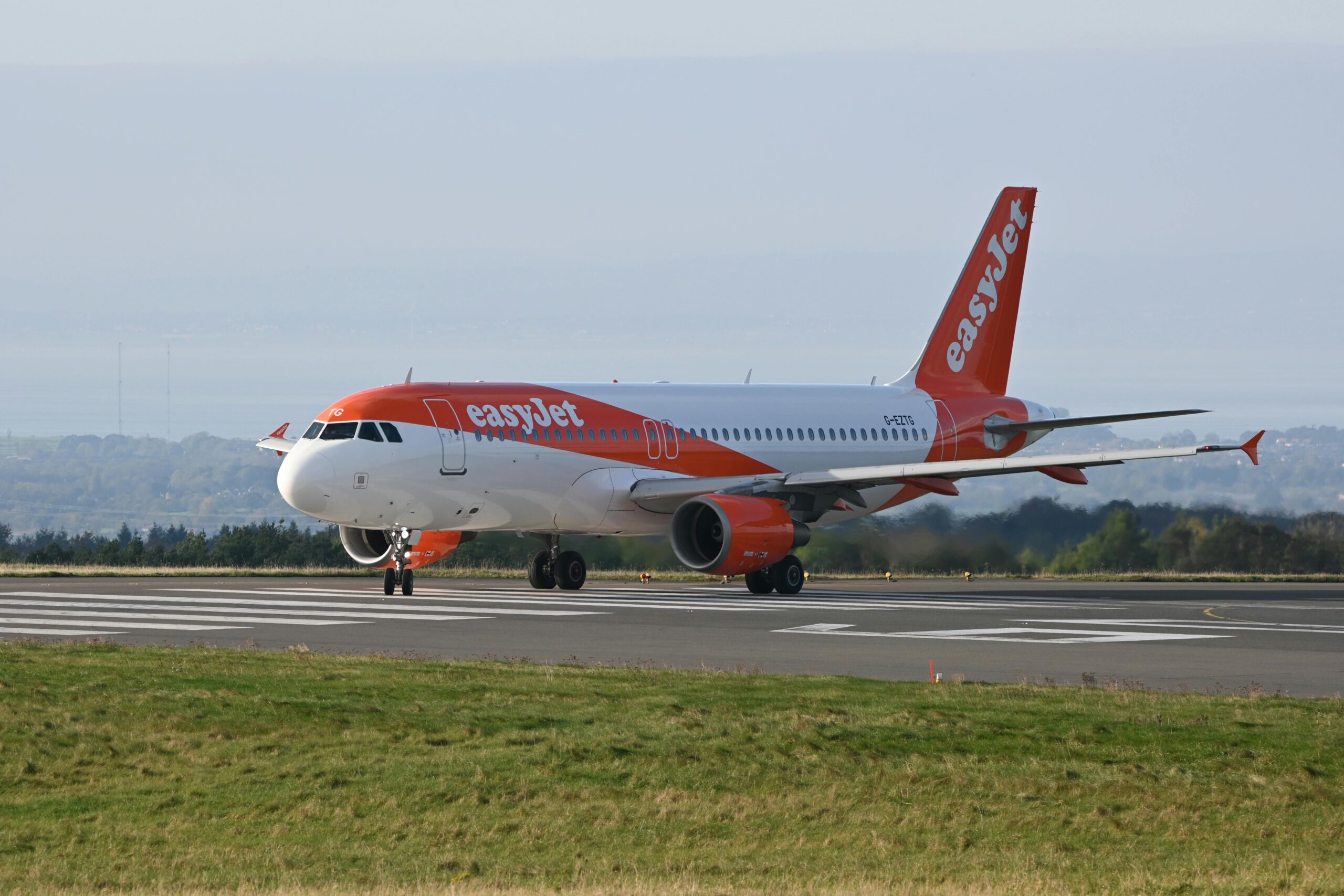
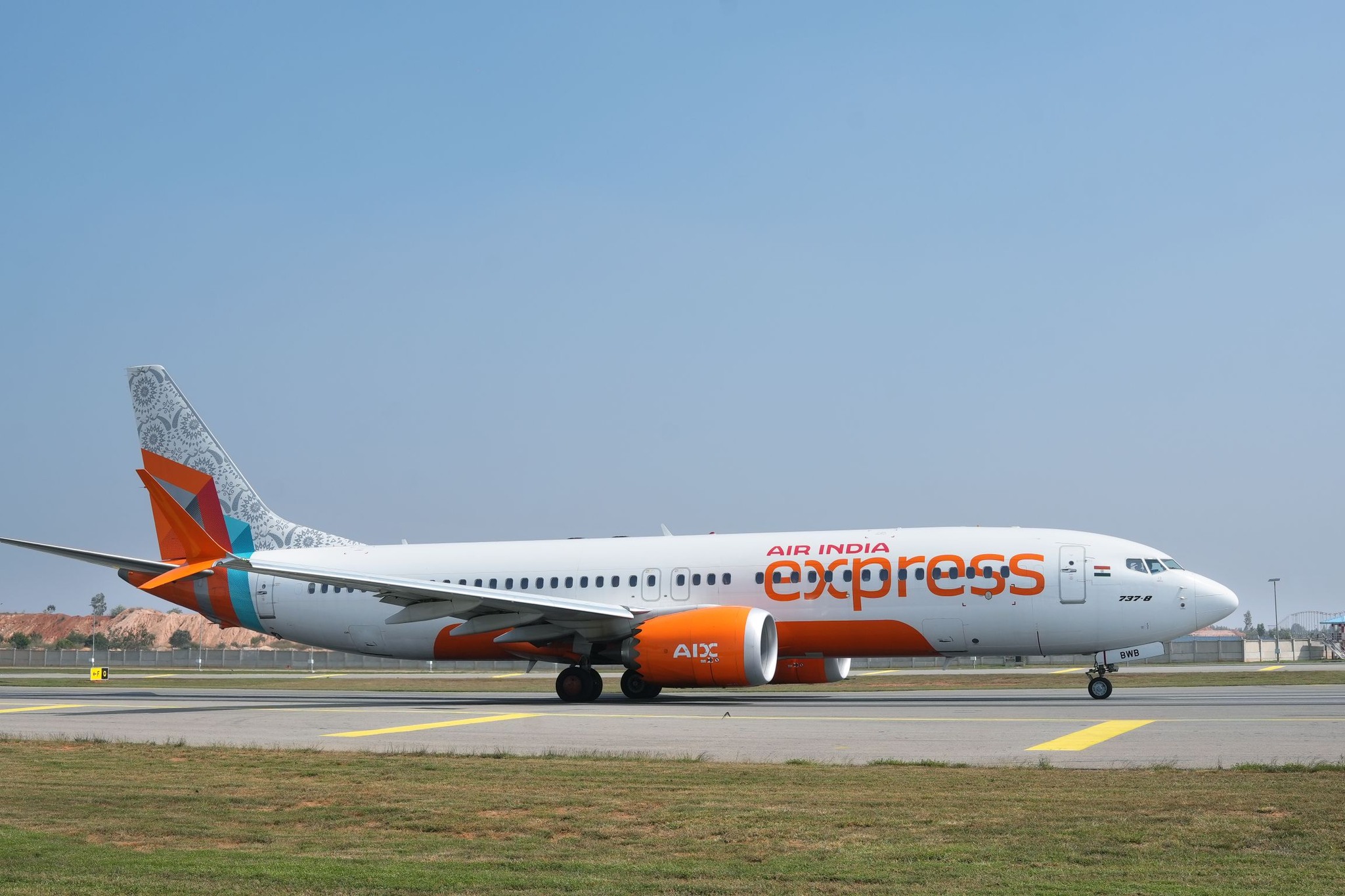
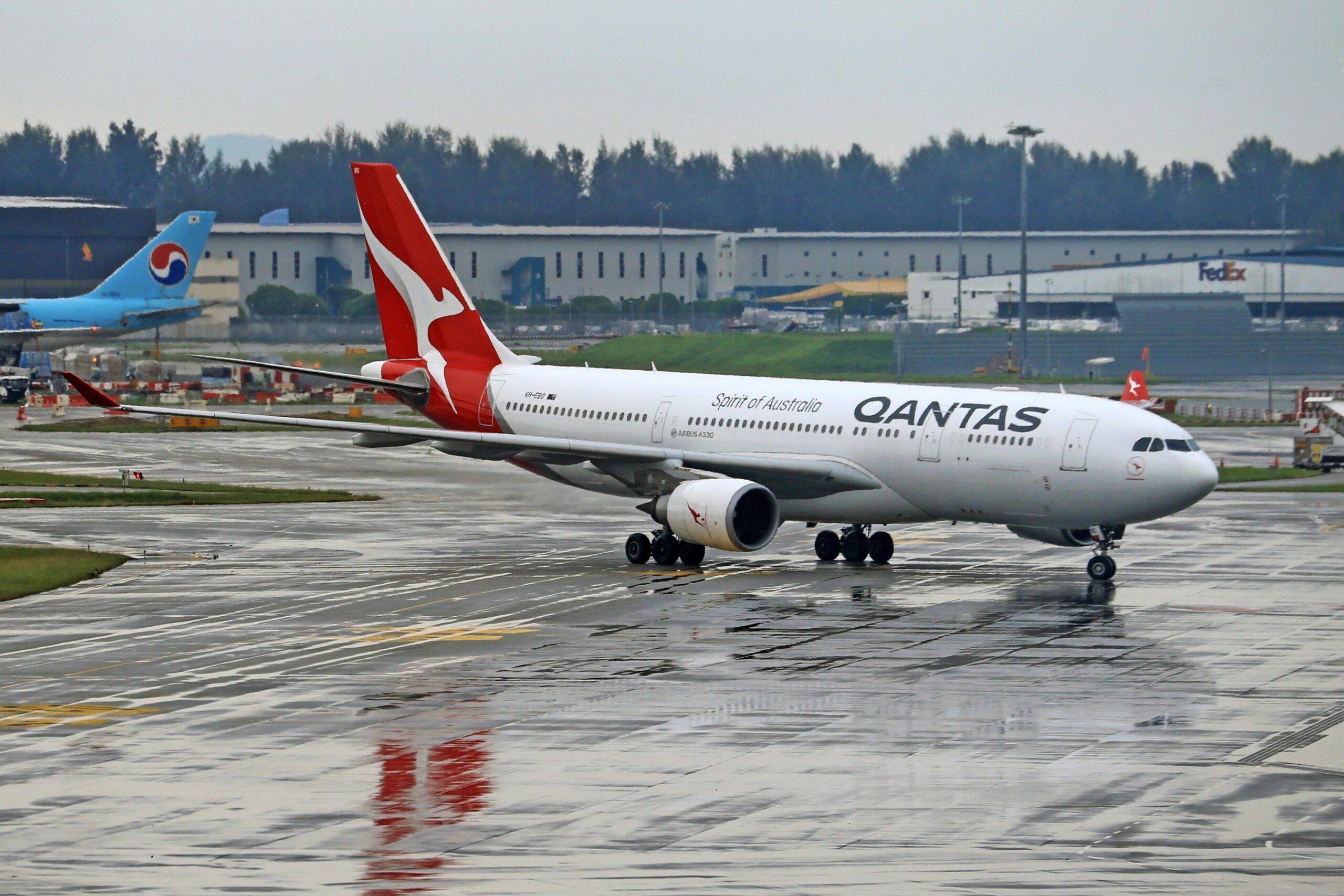




Leave a Reply